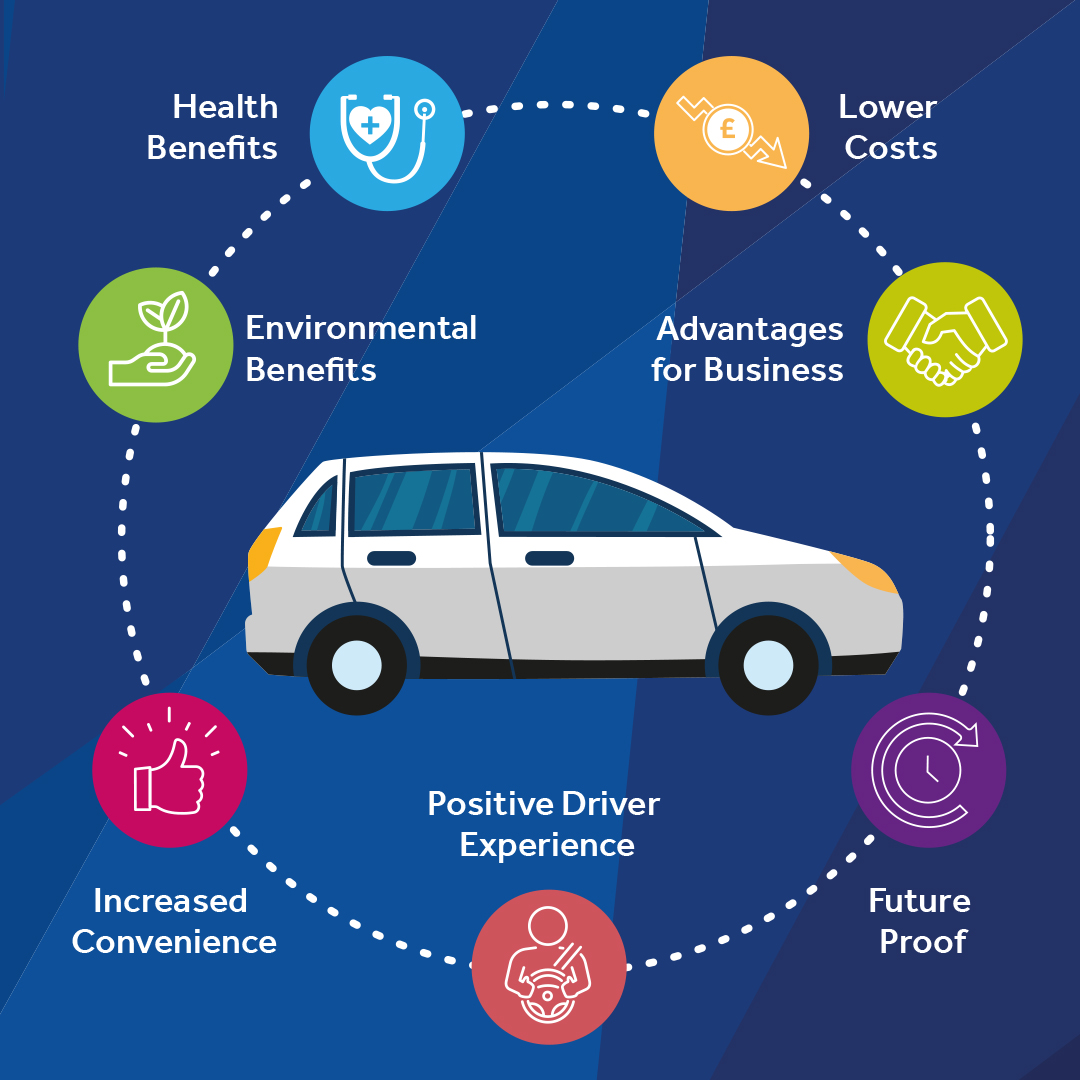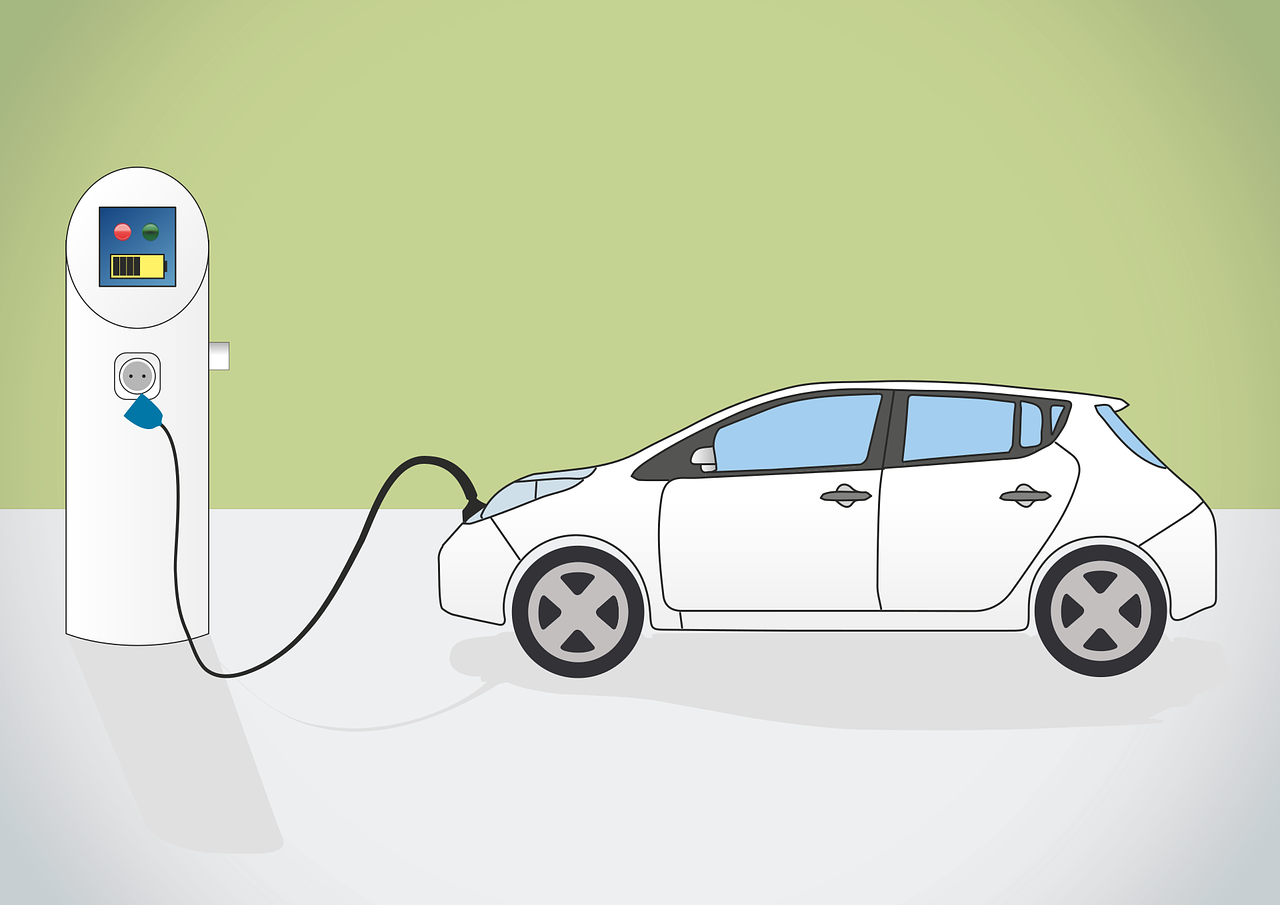Energy Storage Systems: Innovations and Future Applications
Energy storage systems play a pivotal role in the transition towards a sustainable energy future, offering solutions to grid stability, renewable integration, and efficient energy utilization. This article explores the advancements, diverse applications, and the evolving landscape of energy storage systems in the realm of clean energy.
Understanding Energy Storage Systems:
1. Importance in the Energy Landscape:
Energy storage systems store excess energy generated during low demand periods for later use during peak demand, ensuring grid stability and mitigating fluctuations in renewable energy sources.
2. Various Storage Technologies:
From batteries (such as lithium-ion, flow batteries) to pumped hydro storage and emerging technologies like hydrogen fuel cells, energy storage encompasses a range of technologies with different applications and efficiencies.
Advancements Driving Energy Storage:
1. Battery Technology Innovations:
Ongoing research focuses on enhancing battery performance, lifespan, and energy density, driving improvements in electric vehicle batteries and grid-scale storage solutions.
2. Grid-Scale Storage Projects:
Deployment of large-scale energy storage projects, including utility-scale batteries and pumped hydro storage, addresses the intermittency of renewables and supports grid reliability.
Applications and Use Cases:
1. Renewable Energy Integration:
Energy storage facilitates the seamless integration of variable renewable sources like solar and wind, storing excess energy for use when generation is low.
2. Microgrids and Resilience:
Microgrid systems powered by energy storage ensure localized energy supply during outages, enhancing resilience and supporting critical infrastructure.
Future Trends and Innovations:
1. Solid-State and Next-Gen Batteries:
Advancements in solid-state battery technology and next-generation chemistries promise safer, higher energy density, and faster-charging batteries for various applications.
2. Advanced Control Systems:
Intelligent control systems utilizing AI and machine learning optimize energy storage operations, predicting demand and maximizing system efficiency.
Environmental Impact and Sustainability:
1. Reduced Carbon Emissions:
Energy storage aids in reducing reliance on fossil fuels, supporting the adoption of renewables, and decreasing carbon emissions in the energy sector.
2. Circular Economy Approach:
Efforts toward recycling and repurposing used battery materials foster a circular economy, minimizing resource depletion and reducing waste in the industry.
Energy storage systems serve as a linchpin in the global transition towards cleaner and more sustainable energy solutions. As technology advances and applications diversify, the role of energy storage will continue to expand, enabling the integration of renewables, enhancing grid stability, and fostering a more resilient and environmentally conscious energy ecosystem.
latest video
news via inbox
Nulla turp dis cursus. Integer liberos euismod pretium faucibua








